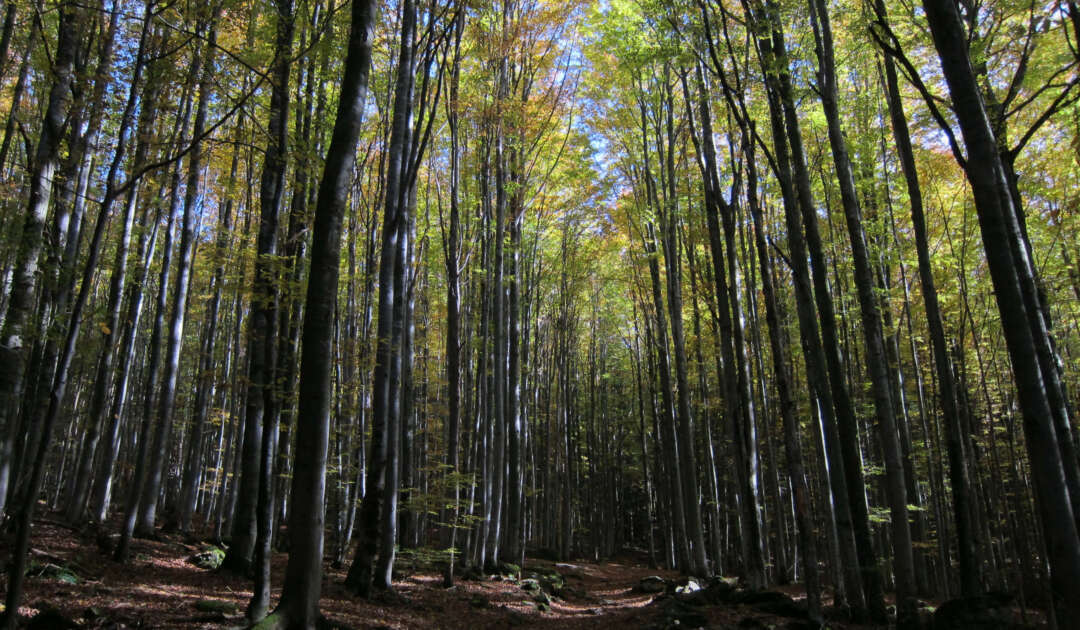Thurner, M., Beer, C., Crowther, T., Falster, D., Manzoni, S., Prokushkin, A., Schulze, E.-D. (2019): Sapwood biomass carbon in northern boreal and temperate forests. Global Ecology and Biogeography, 28, 5, 640-660. https://doi.org/10.1111/geb.12883
Manzoni, S., Čapek, P., Porada, P., Thurner, M., Winterdahl, M., Beer, C., Brüchert, V., Frouz, J., Herrmann, A.M., Lindahl, B.D., Lyon, S.W., Santruckova, H., Vico, G., Way, D. (2018) Reviews and syntheses: Carbon use efficiency from organisms to ecosystems – Definitions, theories, and empirical evidence. Biogeosciences, 15, 5929–5949, https://doi.org/10.5194/bg-15-5929-2018
Thurner, M., Beer, C., Ciais, P., Friend, A.D., Ito, A., Kleidon, A., Lomas, M.R., Quegan, S., Rademacher, T.T., Schaphoff, S., Tum, M., Wiltshire, A., Carvalhais, N. (2017): Evaluation of climate-related carbon turnover processes in global vegetation models for boreal and temperate forests. Global Change Biology, 23, 8, 3076-3091. https://doi.org/10.1111/gcb.13660
Thurner, M., Beer, C., Santoro, M., Carvalhais, N., Wutzler, T., Schepaschenko, D., Shvidenko, A., Kompter, E., Ahrens, B., Levick, S.R., Schmullius, C. (2014): Carbon stock and density of northern boreal and temperate forests. Global Ecology and Biogeography, 23, 3, 297-310. https://doi.org/10.1111/geb.12125
